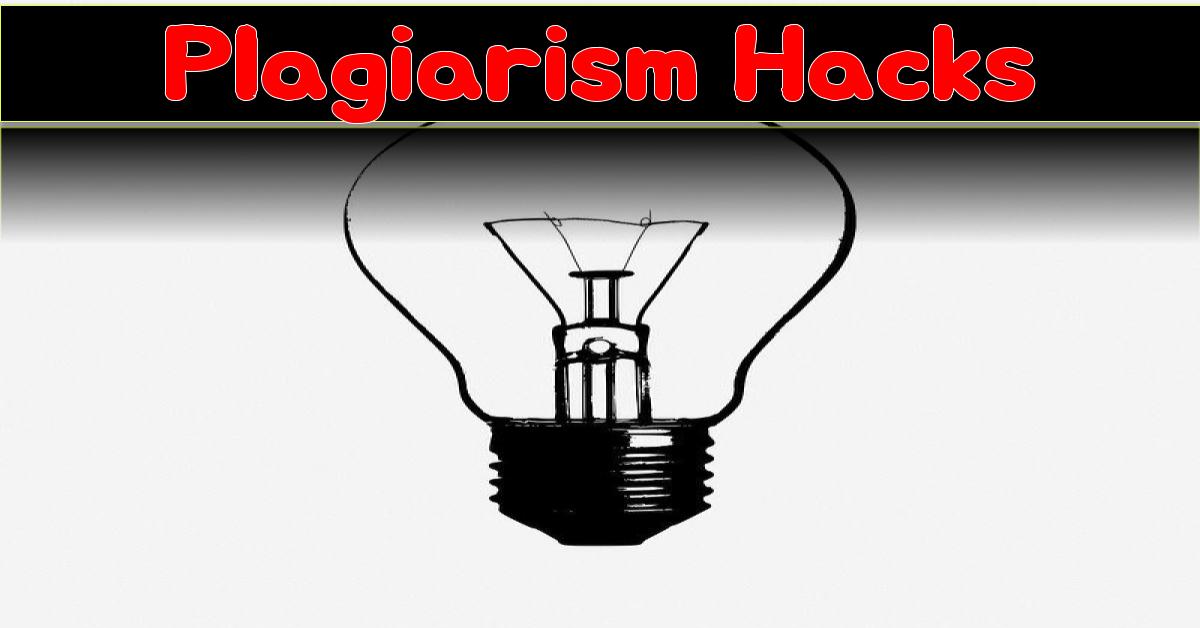
In the academic realm, maintaining integrity and ethical conduct is of utmost importance. However, there are individuals who resort to unethical practices to gain an unfair advantage. This essay sheds light on some controversial techniques employed by students to bypass plagiarism detection systems and manipulate word counts.
- Evading Plagiarism Detection:
In today’s digital age, plagiarism detection software such as Turnitin has become a standard tool for universities. However, some students have found a way to circumvent this system. By zipping their assignment files before uploading them to the Learning Management System (LMS), which is then scanned by Turnitin, they manage to evade detection. As Turnitin cannot check the contents of zip files, the plagiarism reports appear clean. Professors may overlook this anomaly, assuming it to be a technical glitch, unless they delve deeper into the issue. - Manipulating Quotations:
Another method employed by students involves manipulating quotations, particularly in large reports. When quoting an individual directly, such as a company director, Turnitin might flag it as plagiarism. To bypass this, students create a formatted quote in a word file, matching the report’s font, color, and size. They then take a screenshot of the quote, save it as a picture, and insert it into the report, removing any borders. Turnitin is unable to check images for plagiarism, allowing students to evade detection. - Word Count Manipulation:
A commonly used trick to meet specified word counts without putting in the effort involves writing gibberish text and changing its color to white. Although invisible to the reader (white text on a white background), this text is counted in the final word count. This allows students to meet the required word limit while submitting incomplete or poorly written assignments. - Exploiting Bilingualism:
For bilingual individuals, another technique involves finding source material in a different language than the one used for their report. For example, if writing a report in Spanish, students locate English material and use online translators to convert it into Spanish. However, caution must be exercised, as automated translators are often inaccurate. Proofreading becomes necessary to ensure the translated material is coherent and suitable for inclusion.
These unethical tactics rely on the unfamiliarity of some professors with technology. Many educators, especially those from older generations, may display an aversion or lack of proficiency in using advanced digital tools. Students exploit these vulnerabilities to their advantage, compromising academic integrity in the process.
It is crucial to recognize that these practices undermine the principles of learning, fairness, and intellectual growth. Institutions must continually update their plagiarism detection methods and educate both students and faculty about the importance of academic integrity. By fostering a culture of honesty and ethical conduct, educational institutions can maintain the integrity of their academic programs and uphold the value of knowledge and learning.
However, it is essential to emphasize that these unethical practices should never be condoned or encouraged. Upholding academic integrity is a responsibility shared by students, educators, and institutions alike. It is through honest efforts, dedication, and a commitment to learning that true growth and success can be achieved in the academic journey.
